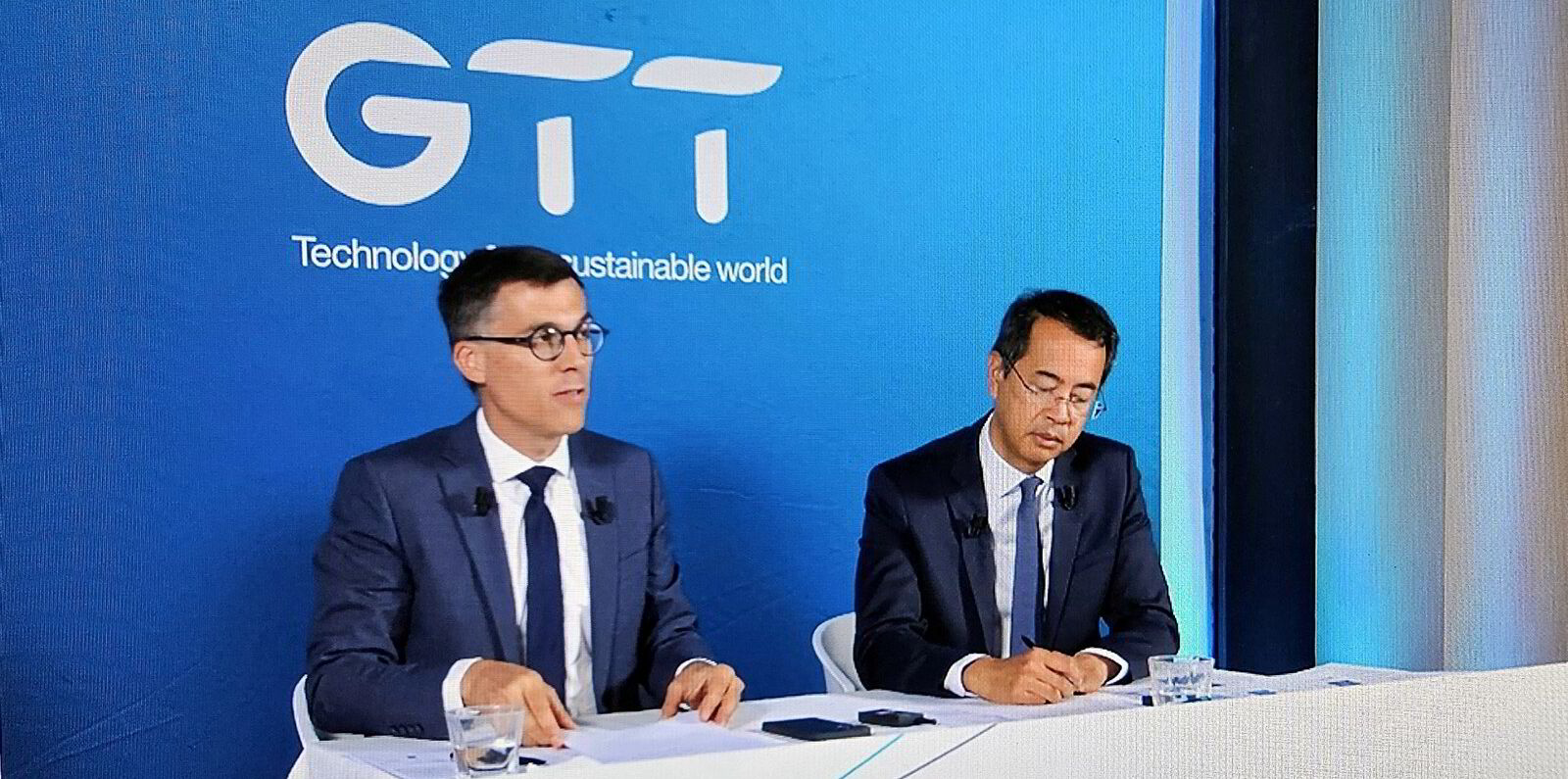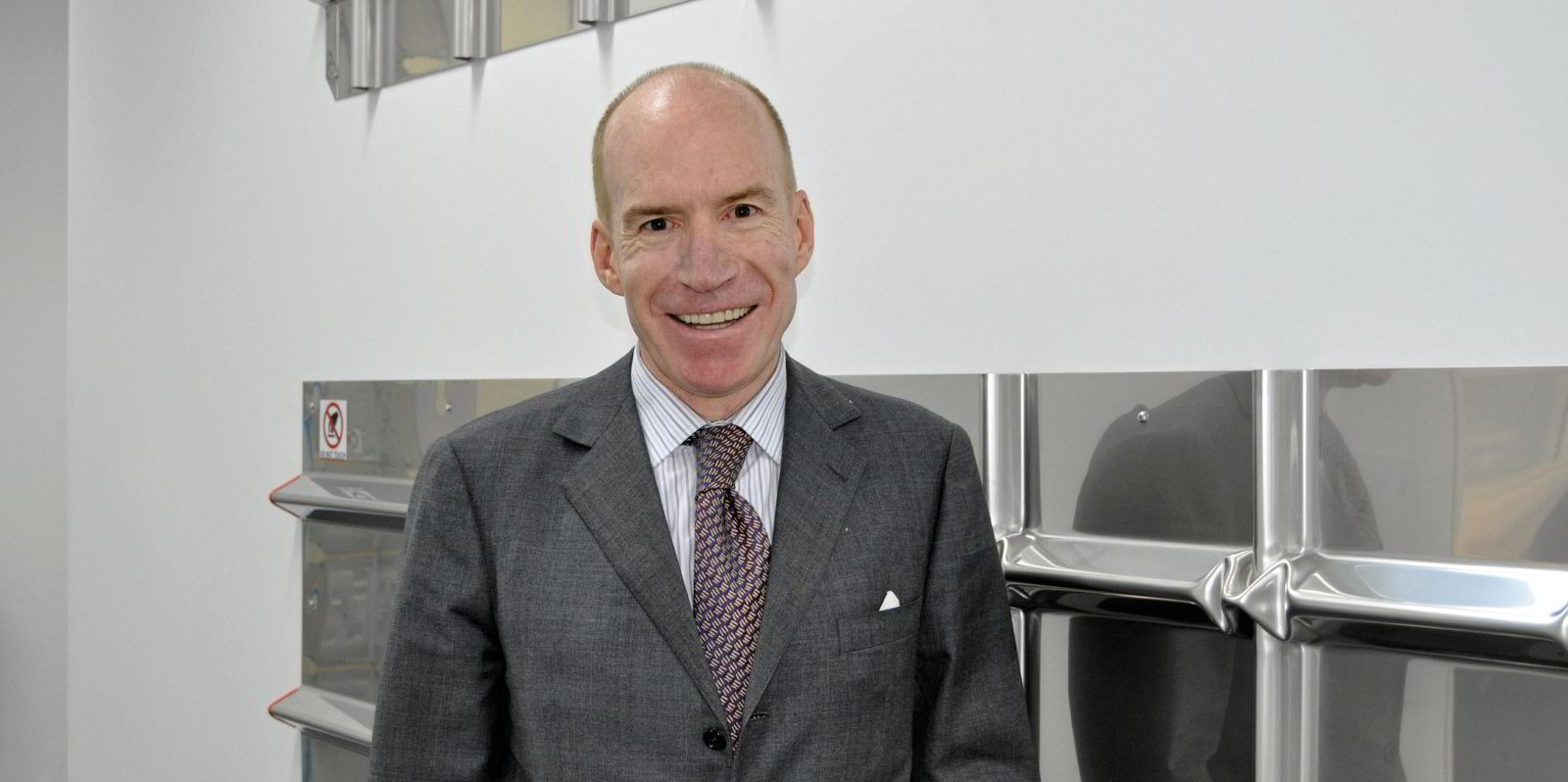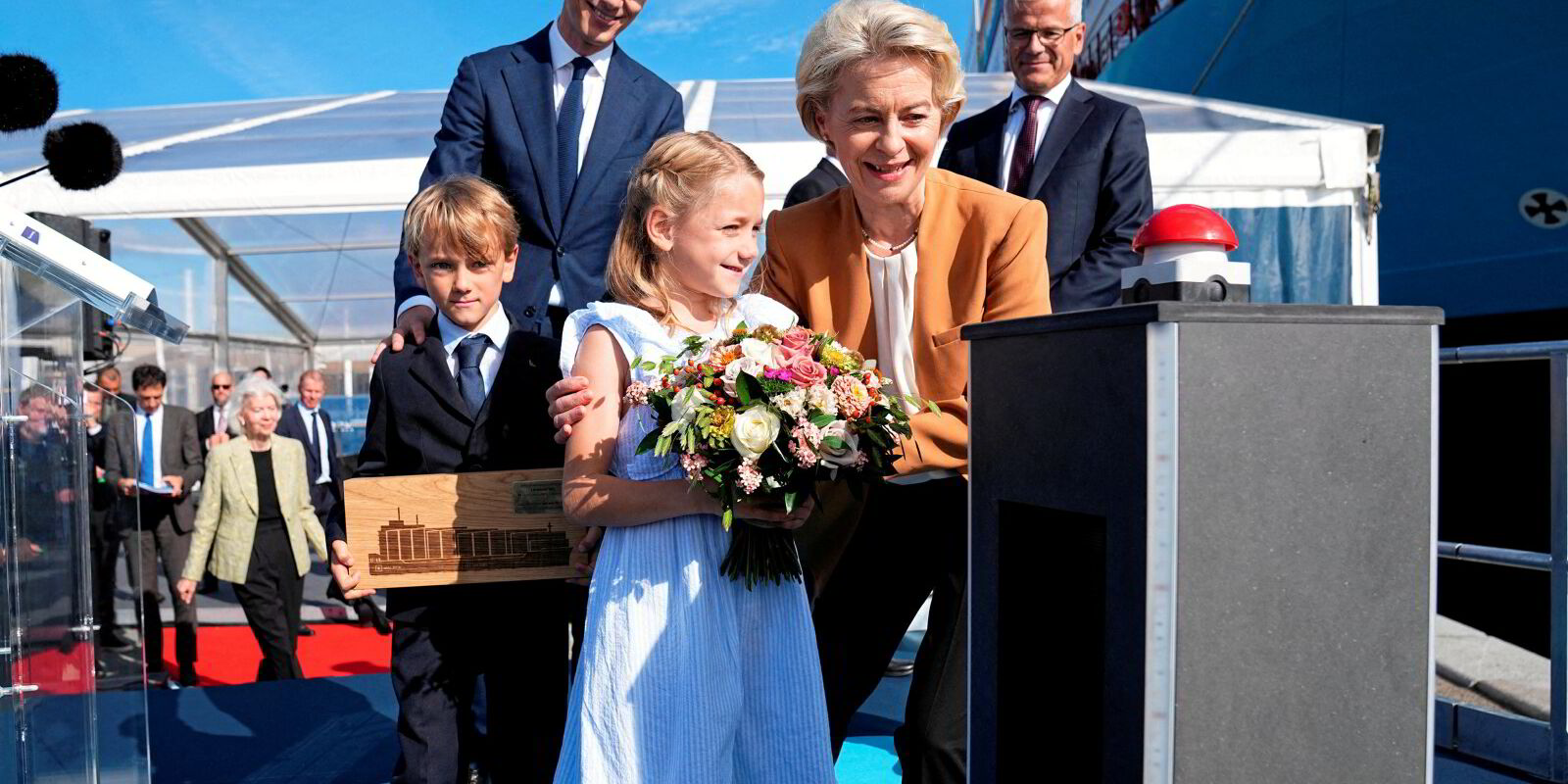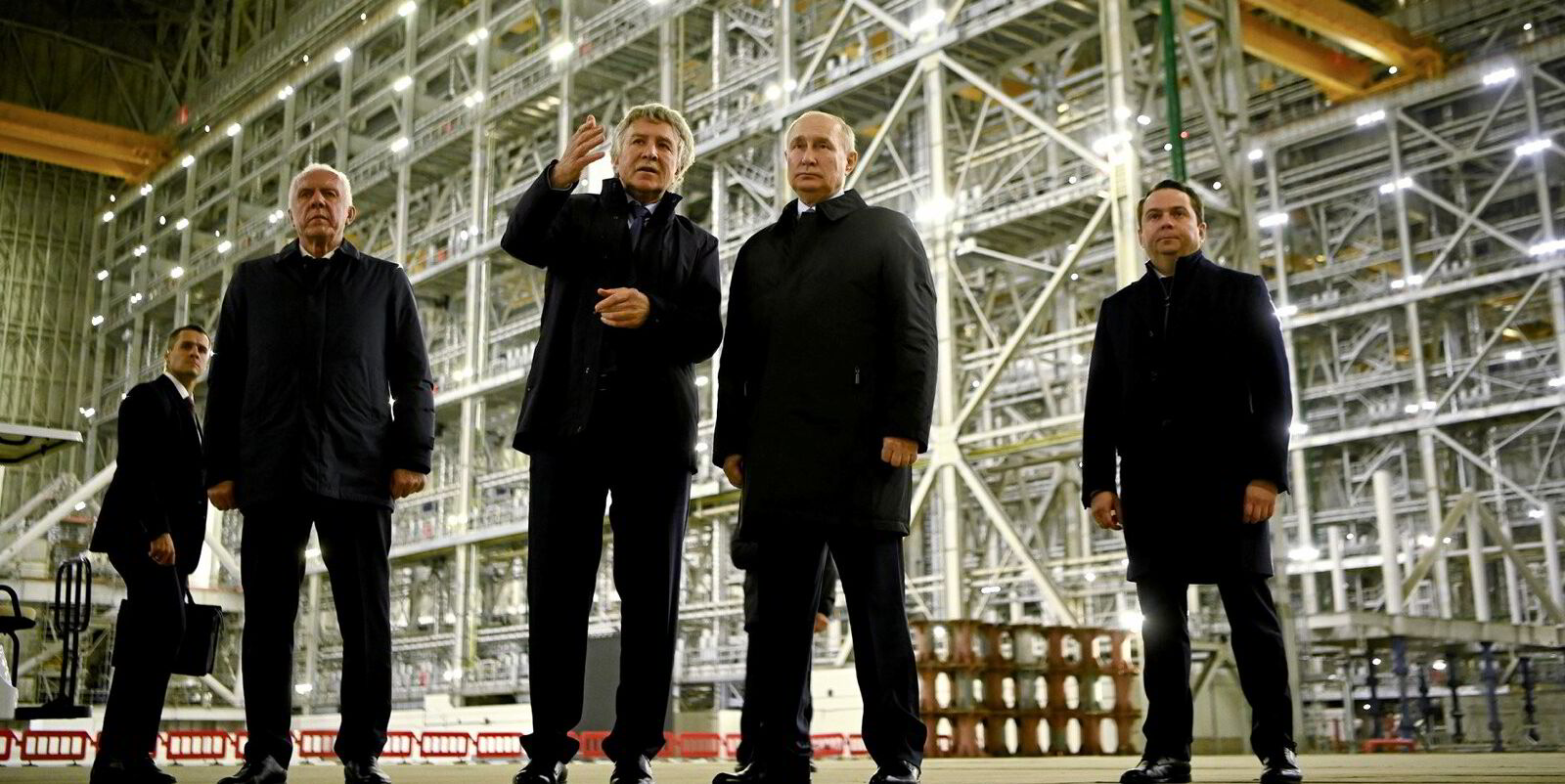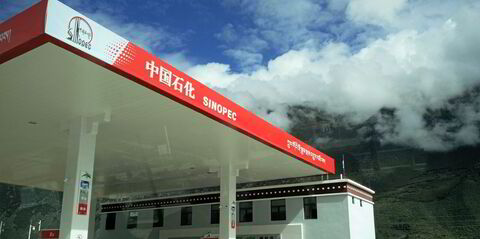Around 100 LNG carriers are required to serve the new liquefaction projects already greenlighted and under construction, according to membrane-type cargo tank designer GTT.
In a second-quarter results briefing, new chief executive Jean-Baptiste Choimet showed the company’s estimates that nearly 175m tonnes of new liquefaction projects are moving ahead requiring some 285 LNG carriers.
Choimet, speaking at a virtual presentation due to the Paris Olympics lockdowns, said that of these, some 185 had already been secured, leaving up to 100 to be ordered.
He said that, on top of this, LNG fleet replacement is also picking up and is expected to accelerate by the end of the decade, with over 300 LNG carriers turning 20 years old or more in the next 10 years, and 200 of them topping 25 years.
The chief said replacement demand will be driven by the need for more efficient vessels and increasingly stringent regulations, but he said yard capacity will be a critical factor.
Choimet reiterated GTT estimates that, in the period to 2033, there will be requirements for more than 450 LNG carriers, between 25 and 40 very large ethane carriers, up to 10 floating storage and regasification units and a similar number of floating LNG production units, along with 25 to 30 tanks for onshore and gravity-based structures.
The new CEO said GTT’s financial performance in the first half of 2024 has been “very strong”.
GTT reported a huge 65.8% jump in first-half revenues, up at €294.8m ($319.4m) from €177.8m in the same six months of 2023.
This was driven by newbuildings, a high number of vessels under construction and the company’s other businesses.
First half of 2024 net income rose almost 103% to €170.3m from €84m in the same period a year ago.
In the January to end June period of 2024, the company received orders for tank designs of 58 units in total — an “all-time high” — comprising 52 LNG carriers, four VLECs, one FSRU and one FLNG unit.
As of the end of June 2024, GTT boasted 342 units on its orderbook.
Chief financial officer Thierry Hochoa detailed that this is worth over €2bn in secured revenues, with an “exceptional year” to come in 2025, expecting €692m in revenue for the core business alone.
Choimet said it gives GTT visibility to 2028 and beyond, with some LNG carrier deliveries stretching into 2031.
Revenue from GTT’s electroyser construction division, Elogen, and its GTT Services arm also rose by 178% and 47%, respectively.
GTT did not receive any orders for tank designs of LNG-fuelled vessels during the first half of 2024, although revenues from this business were up nearly 50% due to the backlog of 56 orders secured in 2021 and 2022.
Choimet said the company anticipates activity to pick up, with LNG at the forefront of discussions for container ship newbuildings. “It is now evident that bio-methanol will not be available in large quantities.”
He was upfront that GTT is facing competition from Chinese yards offering type-B tank solutions.
But Choimet said GTT’s tank technology is superior in that it can offer better boil-off rate performance, is a lighter solution and less steel intensive, with lower CO2 emissions, and comes with GTT support throughout the lifetime of the ship.
Choimet is bullish on the future demand for LNG.
He highlighted the final investment decisions taken on LNG projects — Canada’s Cedar LNG and Ruwais LNG in Abu Dhabi — in the first half of this year, which together will add 13m tonnes per annum of LNG to global supply.
Choimet said the main drivers behind LNG and vessel demand are coal-to-gas switching, shifts from pipeline gas to LNG and fleet renewal, with LNG demand forecast to grow at between 4.7% and 5.4% by 2030.
He said there is an anticipated supply gap to LNG demand, which is expected to extend to between 140 mtpa and 200 mtpa by 2040.
“This significant shortfall underscores the long-term potential and necessity for continued investment in the LNG sector.”
